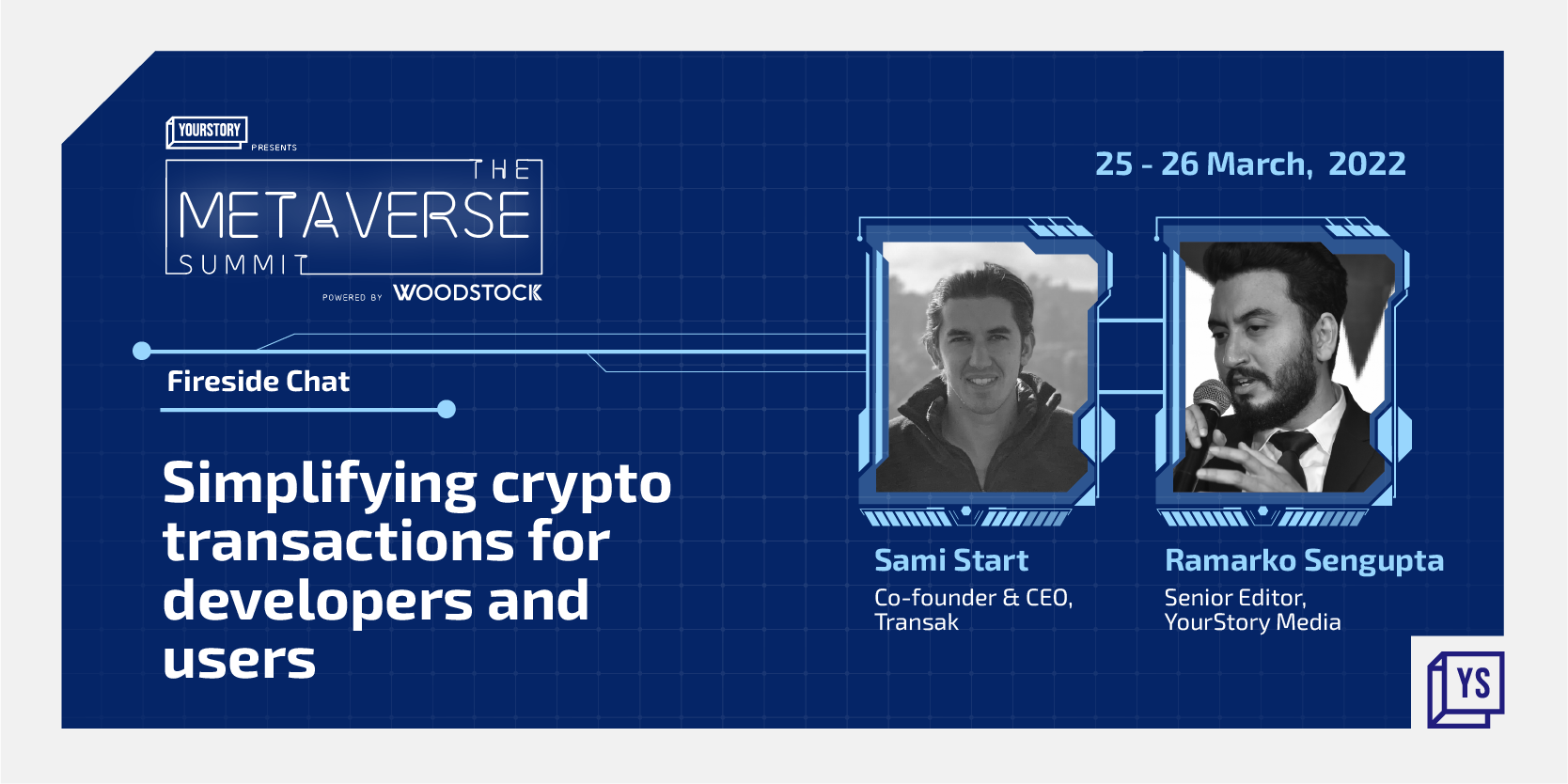Technology and Entrepreneurship: Two new books identify opportunities for Indian startups
Two new books describe opportunities and strategies for startups, with particular emphasis on the entrepreneurial ecosystem in India. Parthajeet Sarma (Smart Phones, Dumb People?) and Vineet Bajpai (Build from Scratch) are entrepreneurs and writers who have taken to books to motivate aspiring startup founders in India.

Parthajeet Sarma believes 21st century tools like mobiles and the Internet can be used to address 19th century problems in India. India used to be a global economic power, but colonial rule skewed its economy and five decades of socialist rule created a culture of risk aversion and a preference for job security.The mindset of engineering for the joy of entrepreneurship needs to be inculcated more broadly; today students join IITs and IIMs more for the brand than the innovative potential.
ATMs, Internet banking, mobile commerce, and online ticket booking are examples of domains where entrepreneurs and big business are increasing convenience for citizens. The pace of change is picking up; what was ‘in’ in January is ‘so yesterday’ in February, Sarma jokes.
His book has a touch of humour and recalls the days when people had to memorise phone numbers, and would prefer to physically meet friends. Today, children in India have unprecedented exposure to technology, information and social networks.
But India still has a long way to go to catch up with the West’s smooth connections between academia, R&D, government policy, industry, investors and startups. Many entrepreneurs are still at the ‘me-too’ stage of copying Western startups.
Thankfully a wide range of mainstream and online media are accelerating the startup mindset in India, along with catalyst initiatives such as The Power of Ideas (DST, IIM-A, ET), Sankalp Forum (Intellecap), Spark the Rise (Mahindra), Eureka (IIT-M), and Samsung Innovation Awards. Government departments are also getting into the act (EDI, MSME, NSTEDB).
The Delhi Metro, Konkan Railway and Kolkata Metro have improved productivity and travel safety for millions of Indians; the author calls for many more such initiatives, as well as others like UID and online passport application. Urban-rural disparities need to be reduced; Goa and Kerala have less disparity in this regard.
Innovations exist not just in core technologies but in their application to change and create processes. India has a chance to leapfrog generations of legacy technology and processes of the West, if creativity and industry-government initiative go hand in hand for value re-engineering. “Technology is the great leveller,” according to Sarma.
He classifies entrepreneurs into three kinds: innovation driven (from the urban educated), process improvement (less risky, more scale), and needs based (usually from the bottom of the pyramid).
The startup mindset needs to spread even more to rural areas, where two-thirds of India’s population lives; new models of social entrepreneurship are needed. More success stories like Narayana Hrudayalaya, Aravind Eye Hospital, SELCO and BASIX are called for. ICTs can help re-design the housing sector through innovations such as modular design and component manufacturing via standardisation and quality enforcement, to address the shortfall of 26 million homes.
Entrepreneurship is key to generating wealth, jobs, efficiencies and happiness in India, Sarma explains. Entrepreneurs should target not just symptoms but the deep underlying problems, and address sectors such as vocational training and urban planning.
India has just a few planned cities such as Lavasa, whereas China is planning to create dozens of new cities as well as a mega-urban corridor in the Pearl River delta which will be 70 times bigger than Mumbai or 28 times the size of Delhi.
Hopefully ICTs can also help expose and track corruption at different levels: big government deals (Type A), street level (Type B) and corporate level (Type C). The West still has some Type A corruption, but India has all three.
Sarma advocates that entrepreneurship is key to nation building but unfortunately deep-rooted cultural fixations can come in the way in India, such as fear of failure, lack of support for women entrepreneurs, and fear of being mocked at by the community.
In his book Build from Scratch, Vineet Bajpai, founder of Magnon TBWA and Magnon e-Graphics, offers specific strategies and real-world examples for entrepreneurs to launch, fund and scale their startups. His earlier book is The Street to the Highway.
The material is structured into seven chapters based on the phases of entrepreneurship, as summarised in Table 1.
Table 1: Building a Successful Startup
Bajpai identifies a number of risks entrepreneurs face: faulty business plans, inability to execute new business orders, poor growth management, failure to learn continuously, inability to keep innovating, breakaway of employee factions, and promoter/investor impatience. Additionally, in India, some entrepreneurs fear that they will not get social acceptance, or that people will think they started their own company because they could not get a ‘normal’ job.

At the same time, entrepreneurs offer employees a work environment which is creative, innovative, flexible, empowering, and driven by pure passion. Entrepreneurs need to display strong IQ as well as EQ. They need to be able to draw on personal contacts not just to be funders but also customers.Based on his experience, Bajpai advocates creating an informal culture (eg. calling each other by first name only), but also avoiding smoking and drinking in the office. Foul language and double standards should be avoided, and ethical standards should be high.
Founders should strike that delicate balance between sticking to their core vision – but also not getting stuck. They should get team alignment for their mission and values, so as to prevent uncontrolled drift later. Employees should be picked on the basis of skills, energy, dedication, honesty, warmth and camaraderie.
As for funding, Bajpai observes that high net worth individuals can be good investors; they are looking for self-esteem and recognition, but their credentials should be checked and above board.
“Your instinct for survival will be your biggest sales agent,” he predicts. Founders should lead the sales force by example, and like a lion. Their toughest time may be managing the transition from turbulent startup to stable company.
“All revolutionary new industries are established on the graves of thousands of startups,” observes Bajpai. Give your dream your best but don’t try to be superhuman; do not compromise on health either, he advises.
“The best ship is entrepreneurship,” he evocatively concludes.
The book is packed with superb inspiring quotes, and it would be good to end this article with a sampling of these words of motivation.
A leader is a dealer in hope. – Napoleon Bonaparte
By failing to prepare, you are preparing to fail. – Benjamin Franklin
Hire character. Train skill. – Peter Schultz
People seldom do what they believe in. They do what is convenient, then repent. – Bob Dylan
The beginning is the most important part of the work. - Plato
The most important single ingredient in the formula of success is knowing how to get along with people. – Theodore Roosevelt
To go forward is to move towards perfection. – Khalil Gibran
Upper classes are a nation’s past; the middle class is its future. – Ayn Rand









![[Funding alert] Social network platform FLYX raises $200K in pre-seed funding](https://images.yourstory.com/cs/2/e641e900925711e9926177f451727da9/Imagefn2r-1594703861955.jpg)

